 W
WGigantatypus is an extinct late Maastrichtian sea turtle that lived in the southern regions of the Tethys Ocean about 100–120 kilometres (62–75 mi) off the north eastern margins of Cretaceous Africa immediately before the Cretaceous–Paleogene extinction events . Fossil remains of Gigantatypus are so far only represented in sediments from Jordan. Estimated at over 3.5 metres (11 ft) in length, members of this genus reached remarkably large proportions equivalent to that of or possibly even exceeding Archelon Wieland, 1896 , considered as the largest marine turtles to ever roam the oceans of the world. Although Gigantatypus apparently did not survive the K/T boundary, which also was the fate of other gigantic marine turtles such as protostegids, other genera of Cheloniidae, though significantly smaller in size survived the mass extinction and continued on until the present day.
 W
WAsaccus nasrullahi, Nasrullah's leaf-toed gecko, is a species of gecko in the family Phyllodactylidae. The species is endemic to Iran. The specific name nasrullahi was chosen in honor of Iranian herpetologist Nasrullah Rastegar-Pouyani, "in recognition of his contribution to the knowledge of the herpetology of Iran, including the genus Asaccus".
 W
WThe bizarre-nosed chameleon is a species of chameleon endemic to Madagascar. Its scientific name was named after the Malagasy word hafahafa, which means "bizarre" or "strange".
 W
WCalumma amber, commonly known as the Amber Mountain chameleon, is a species of chameleons endemic to Antsiranana Province, Madagascar.
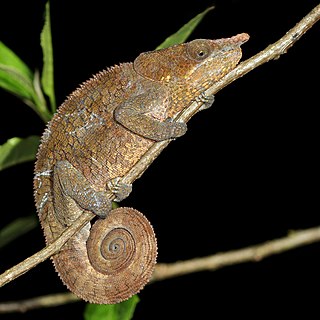 W
WCalumma crypticum, commonly known as the cryptic chameleon or blue-legged chameleon, is a species of chameleon found in Madagascar.
 W
WThe northern pale-hipped skink is a species of lizard in the family Scincidae. It is endemic to New Caledonia.
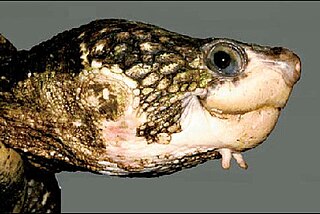 W
WElseya albagula, commonly known as the white-throated snapping turtle, is one of the largest species of chelid turtles in the world, growing to about 45 cm (18 in) carapace length.
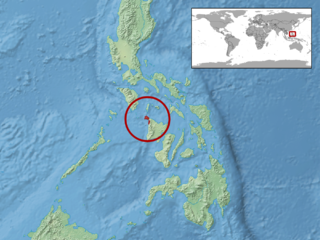 W
WGekko ernstkelleri is a species of gecko, a lizard in the family Gekkonidae. The species is endemic to the Philippines.
 W
WThe giant leaf-tail gecko is a species of lizard in the family Gekkonidae. It is endemic to Madagascar.
 W
WThe Leonese rock lizard is a species of lizard in the family Lacertidae.
 W
WThe New Caledonian sea krait is a species of venomous snake in the subfamily Hydrophiinae of the family Elapidae. The species is native to the waters around New Caledonia.
 W
WPachydactylus atorquatus, also known as the Augrabies gecko or Good's gecko, is a thick-toed gecko belonging to the Pachydactylus weberi group, found in South Africa.
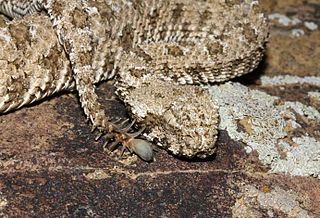 W
WThe spider-tailed horned viper is a species of viper, a venomous snake in the family Viperidae. The species is endemic to western Iran, and was originally described in 2006. The head looks very similar to that of other Pseudocerastes species in the region, but the spider-tailed horned viper has a unique tail that has a bulb-like end that is bordered by long drooping scales that give it the appearance of a spider. The tail tip is waved around and used to lure insectivorous birds to within striking range.
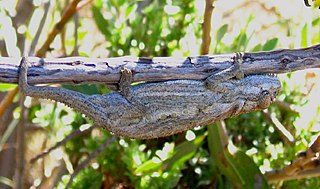 W
WThe Swartberg dwarf chameleon is a species of chameleon endemic to South Africa.
 W
WTrimeresurus andalasensis, commonly known as the Sumatran palm pit viper, is a venomous pitviper species native to the Indonesian island of Sumatra.